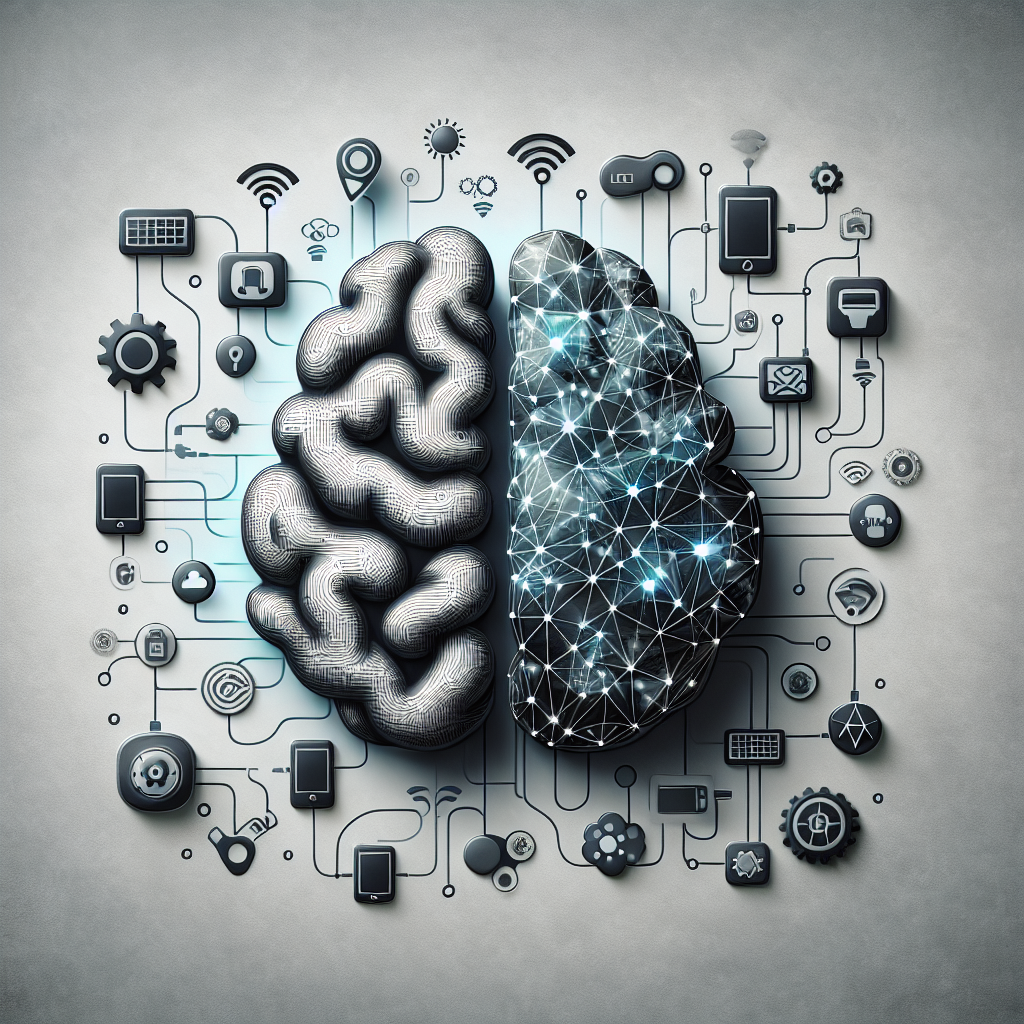The Intersection of AI and IoT
Artificial Intelligence (AI) and the Internet of Things (IoT) are two of the most transformative technologies of the 21st century. AI refers to the simulation of human intelligence processes by machines, while IoT refers to the network of physical devices connected to the internet, enabling them to collect and exchange data. When these two technologies intersect, the possibilities for innovation and advancement are endless.
AI and IoT are complementary technologies that work together to create a more efficient and connected world. AI algorithms can analyze the vast amounts of data collected by IoT devices to extract valuable insights and make informed decisions in real-time. This combination allows for automation, predictive maintenance, personalized experiences, and improved efficiency across various industries.
One of the key benefits of integrating AI with IoT is predictive maintenance. IoT devices can continuously monitor the performance of machines and equipment, collecting data on various parameters such as temperature, pressure, and vibration. AI algorithms can analyze this data to detect patterns and anomalies, predicting when a machine is likely to fail. This enables proactive maintenance, preventing costly downtime and ensuring optimal performance.
Another important application of AI in IoT is in the field of healthcare. IoT devices such as wearables and sensors can continuously monitor a patient’s vital signs and health parameters. AI algorithms can analyze this data to detect early signs of diseases, predict health outcomes, and provide personalized treatment recommendations. This combination of AI and IoT has the potential to revolutionize healthcare delivery, improving patient outcomes and reducing healthcare costs.
AI and IoT are also transforming the way we live and work. Smart homes and smart cities are becoming increasingly common, with IoT devices such as smart thermostats, security cameras, and lighting systems connected to AI-powered platforms that can learn user preferences and automate daily tasks. This not only enhances convenience and comfort but also improves energy efficiency and sustainability.
In the industrial sector, AI and IoT are driving the fourth industrial revolution, also known as Industry 4.0. IoT devices such as sensors and actuators are being integrated into manufacturing processes to create smart factories that can self-optimize and self-adapt in real-time. AI algorithms analyze the data collected by these devices to optimize production schedules, predict maintenance needs, and improve overall efficiency.
The intersection of AI and IoT also raises important ethical and security considerations. The vast amounts of data collected by IoT devices and analyzed by AI algorithms raise concerns about privacy and data security. Companies must ensure that data is collected and stored securely, and that user consent is obtained before using their data for AI applications. Additionally, AI algorithms must be transparent and accountable, with mechanisms in place to prevent bias and discrimination.
FAQs
Q: What are some examples of AI-powered IoT devices?
A: Some examples of AI-powered IoT devices include smart thermostats, wearable health trackers, autonomous vehicles, and industrial robots.
Q: How can AI and IoT improve healthcare?
A: AI and IoT can improve healthcare by enabling continuous monitoring of patients, early detection of diseases, personalized treatment recommendations, and remote patient monitoring.
Q: What are some challenges of integrating AI with IoT?
A: Some challenges of integrating AI with IoT include data privacy and security concerns, ethical considerations, regulatory compliance, and the need for skilled professionals to develop and maintain AI algorithms.
Q: How can companies ensure the security of AI-powered IoT devices?
A: Companies can ensure the security of AI-powered IoT devices by implementing strong encryption, authentication, and access control mechanisms, regularly updating software and firmware, and conducting security audits and assessments.
Q: What are some future trends in the intersection of AI and IoT?
A: Some future trends in the intersection of AI and IoT include the development of edge computing, where AI algorithms are deployed on IoT devices themselves, the proliferation of 5G networks to support the increasing data traffic generated by AI-powered IoT devices, and the development of AI chips specifically designed for IoT applications.
In conclusion, the intersection of AI and IoT is a powerful force driving innovation and transformation across various industries. By leveraging the capabilities of AI to analyze the vast amounts of data collected by IoT devices, organizations can unlock valuable insights, improve efficiency, and create new opportunities for growth. However, it is important to address the ethical and security considerations that come with this integration, to ensure that the benefits of AI and IoT are realized in a responsible and sustainable manner.

